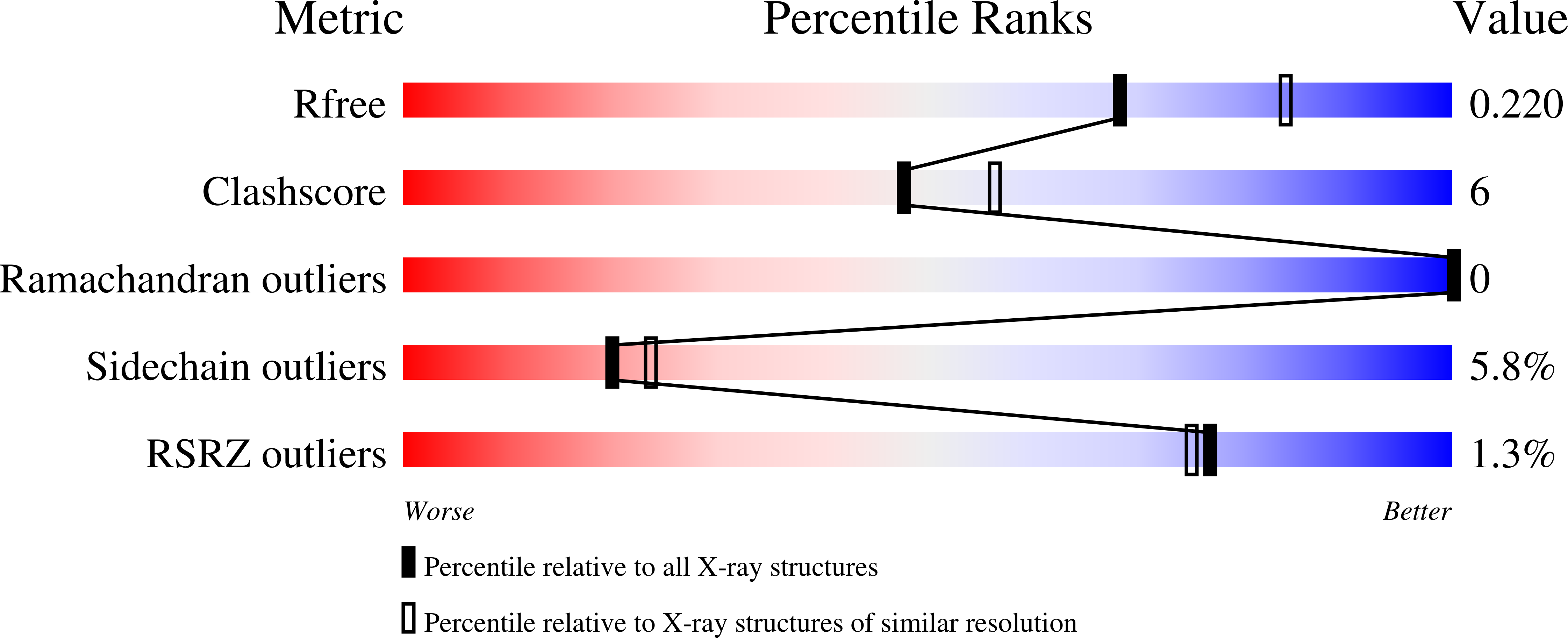
Deposition Date
2007-06-19
Release Date
2007-11-06
Last Version Date
2024-11-20
Entry Detail
PDB ID:
2QCS
Keywords:
Title:
A complex structure between the Catalytic and Regulatory subunit of Protein Kinase A that represents the inhibited state
Biological Source:
Source Organism:
Mus musculus (Taxon ID: 10090)
Bos taurus (Taxon ID: 9913)
Bos taurus (Taxon ID: 9913)
Host Organism:
Method Details:
Experimental Method:
Resolution:
2.20 Å
R-Value Free:
0.22
R-Value Work:
0.19
R-Value Observed:
0.19
Space Group:
P 32 2 1


